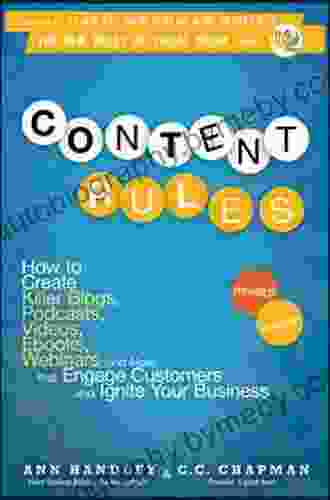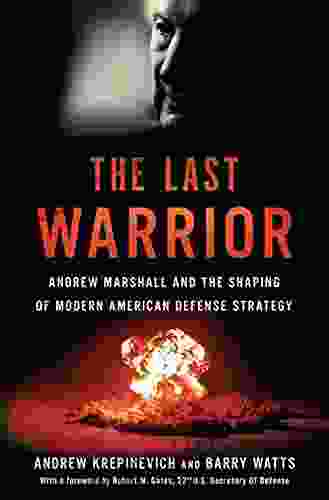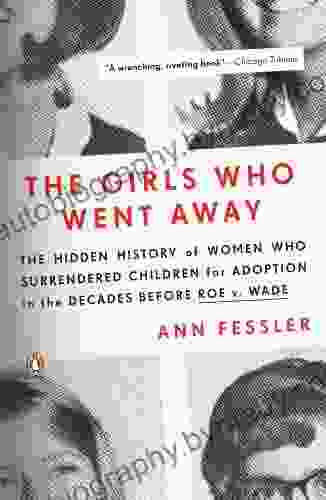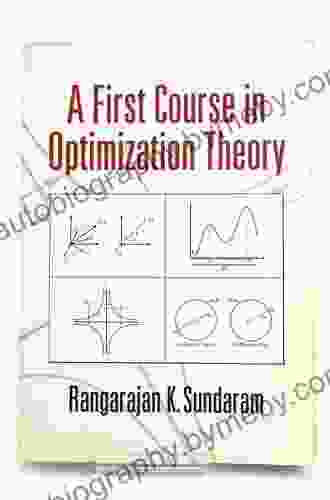Andrew Marshall And The Shaping Of Modern American Defense Strategy

4.3 out of 5
| Language | : | English |
| File size | : | 4935 KB |
| Text-to-Speech | : | Enabled |
| Screen Reader | : | Supported |
| Enhanced typesetting | : | Enabled |
| Word Wise | : | Enabled |
| Print length | : | 338 pages |
In the annals of national security, few figures stand as tall as Andrew Marshall. As the principal architect of modern American defense strategy, Marshall's brilliance and foresight shaped the very foundation of the United States' military posture. His strategic vision, forged during the crucible of the Cold War, has had a profound and lasting impact on global security.
Early Life and Influences
Born in 1921, Marshall's formative years were marked by the rise of Nazi Germany and the outbreak of World War II. These tumultuous events ignited his deep passion for international affairs and instilled in him a profound appreciation for the importance of military preparedness.
After graduating from Yale University, Marshall served as an intelligence officer during the war, gaining firsthand experience in the complexities of military strategy and global power dynamics. These wartime experiences would prove invaluable as he embarked on his career in defense policy.
The Cold War and the Birth of a New Strategy
The end of World War II ushered in an era of heightened tension between the United States and the Soviet Union. Marshall recognized that the traditional strategies of the past were no longer adequate to meet the challenges of this new era.
In response, Marshall developed a groundbreaking defense strategy that emphasized deterrence, flexibility, and innovation. He argued that the United States needed to maintain a robust military capable of deterring Soviet aggression, while also being adaptable enough to respond to a wide range of threats.
Marshall's strategy also stressed the importance of alliances and international cooperation. He believed that the United States could not go it alone in the face of global threats. Instead, it needed to work closely with its allies to build a collective security system.
From Think Tank to the Pentagon
Marshall's ideas gained prominence in the late 1950s and early 1960s. He served as a senior analyst at the RAND Corporation, a leading defense think tank, where he developed his theories on nuclear strategy and the balance of power.
In 1961, Marshall was appointed Deputy Secretary of Defense by President John F. Kennedy. In this role, he played a pivotal role in shaping the administration's national security policies. He helped develop the strategy of "flexible response," which aimed to provide the United States with a range of options between nuclear war and total surrender.
Marshall also oversaw the expansion of the US nuclear arsenal and the development of new weapons systems, including the Polaris missile. These measures were designed to strengthen deterrence and maintain America's nuclear superiority.
Legacy and Impact
Andrew Marshall retired from government service in 1969, but his legacy continued to shape American defense policy for decades to come. His writings and ideas inspired generations of strategists and policymakers.
Marshall's emphasis on deterrence, flexibility, and alliances remains a cornerstone of US defense strategy today. His belief in the importance of international cooperation has been instrumental in maintaining global stability and preventing the outbreak of major wars.
Andrew Marshall's contributions to American defense policy were profound. He was a visionary strategist who recognized the changing nature of warfare and developed innovative strategies to meet the challenges of the nuclear age. His legacy will continue to inform and inspire generations of defense professionals in the years to come.
4.3 out of 5
| Language | : | English |
| File size | : | 4935 KB |
| Text-to-Speech | : | Enabled |
| Screen Reader | : | Supported |
| Enhanced typesetting | : | Enabled |
| Word Wise | : | Enabled |
| Print length | : | 338 pages |
Do you want to contribute by writing guest posts on this blog?
Please contact us and send us a resume of previous articles that you have written.
 Book
Book Novel
Novel Page
Page Chapter
Chapter Text
Text Story
Story Genre
Genre Reader
Reader Library
Library Paperback
Paperback E-book
E-book Magazine
Magazine Newspaper
Newspaper Paragraph
Paragraph Sentence
Sentence Bookmark
Bookmark Shelf
Shelf Glossary
Glossary Bibliography
Bibliography Foreword
Foreword Preface
Preface Synopsis
Synopsis Annotation
Annotation Footnote
Footnote Manuscript
Manuscript Scroll
Scroll Codex
Codex Tome
Tome Bestseller
Bestseller Classics
Classics Library card
Library card Narrative
Narrative Biography
Biography Autobiography
Autobiography Memoir
Memoir Reference
Reference Encyclopedia
Encyclopedia Stephanie True Peters
Stephanie True Peters Peter Schwenger
Peter Schwenger Linda Holtzschue
Linda Holtzschue Anita Bean
Anita Bean Ananda Kiamsha Madelyn Leeke
Ananda Kiamsha Madelyn Leeke Andrew A Kling
Andrew A Kling Amy Shields
Amy Shields Andrew Harnes
Andrew Harnes Ana Victoria Calderon
Ana Victoria Calderon Mark Baskinger
Mark Baskinger Elisabeth Sheff
Elisabeth Sheff Stan Tatkin
Stan Tatkin Becca Riley
Becca Riley Katherine Davidsen
Katherine Davidsen James P S Devereux
James P S Devereux Herman Melville
Herman Melville Andy Elkerton
Andy Elkerton James Moore
James Moore Roland A Boucher
Roland A Boucher Jon Young
Jon Young
Light bulbAdvertise smarter! Our strategic ad space ensures maximum exposure. Reserve your spot today!
 Herman MelvilleFollow ·12.8k
Herman MelvilleFollow ·12.8k Sam CarterFollow ·10.4k
Sam CarterFollow ·10.4k James JoyceFollow ·9.1k
James JoyceFollow ·9.1k Bill GrantFollow ·4.8k
Bill GrantFollow ·4.8k Jason HayesFollow ·16.5k
Jason HayesFollow ·16.5k Mike HayesFollow ·5.5k
Mike HayesFollow ·5.5k Eddie PowellFollow ·19k
Eddie PowellFollow ·19k Chad PriceFollow ·16.3k
Chad PriceFollow ·16.3k

 Bryce Foster
Bryce FosterCelebrate the Luck of the Irish: Unveiling Saint...
As the verdant hues of spring brush...

 Chase Simmons
Chase SimmonsCody Rodeo: A Photographic Journey into the Heart of the...
Step into the arena of the...

 David Mitchell
David MitchellUnveiling the Enchanting World of Door County Quilts: A...
Step into the Heart of Amish Country in...

 Floyd Powell
Floyd PowellCowboy Chatter: Unraveling the Enigmatic Tales of the Old...
Step into the...

 Ismael Hayes
Ismael HayesUnlock Content Marketing Mastery: How to Create...
In today's digital landscape, content is...

 Boris Pasternak
Boris PasternakMore Than 200 Hardball Questions For The Thinking Fan
The Ultimate Baseball Trivia Challenge Are...
4.3 out of 5
| Language | : | English |
| File size | : | 4935 KB |
| Text-to-Speech | : | Enabled |
| Screen Reader | : | Supported |
| Enhanced typesetting | : | Enabled |
| Word Wise | : | Enabled |
| Print length | : | 338 pages |












